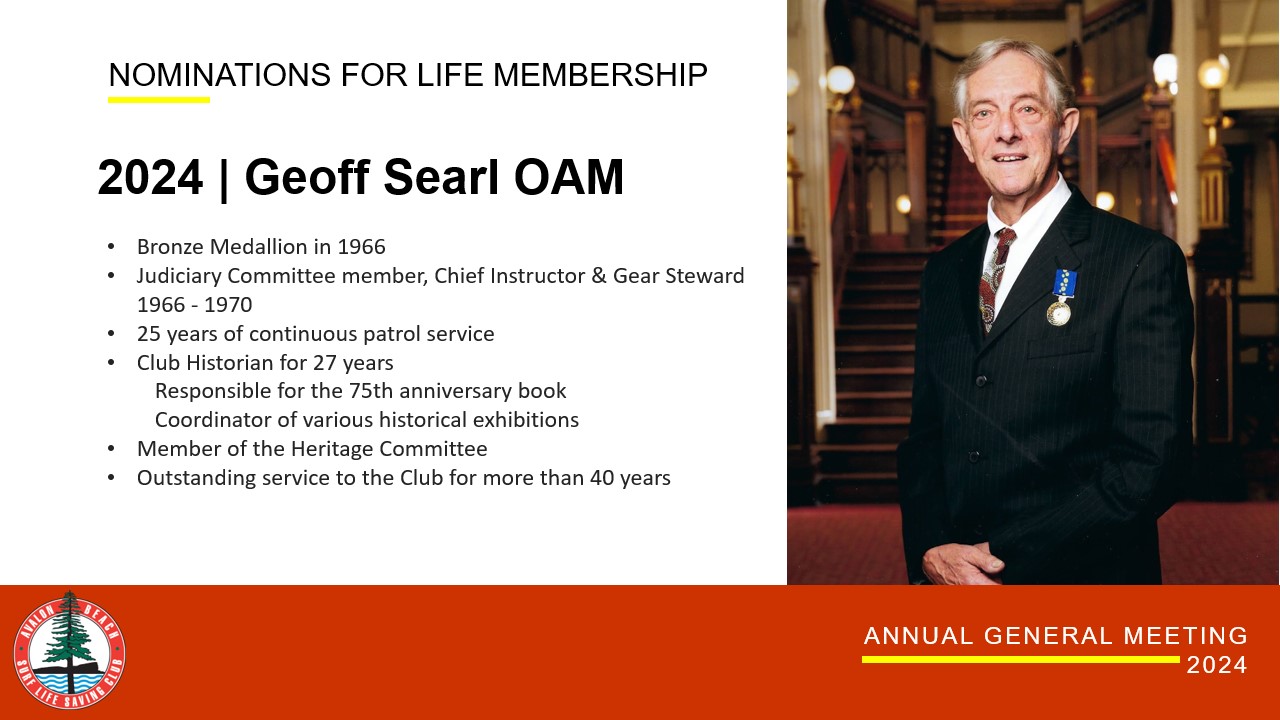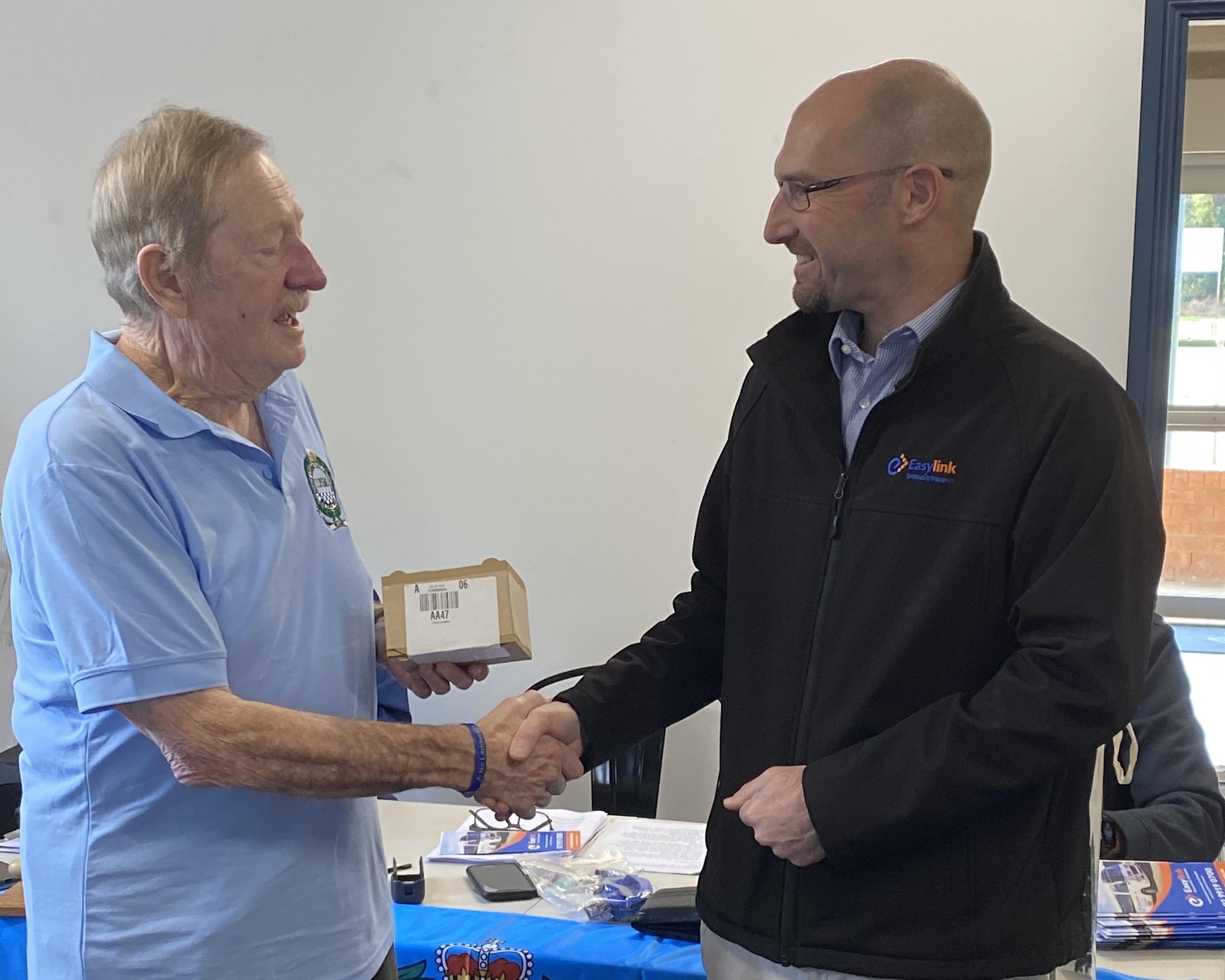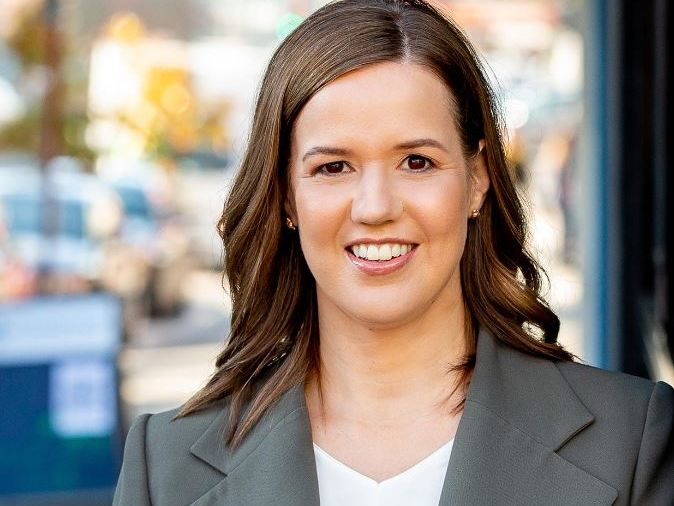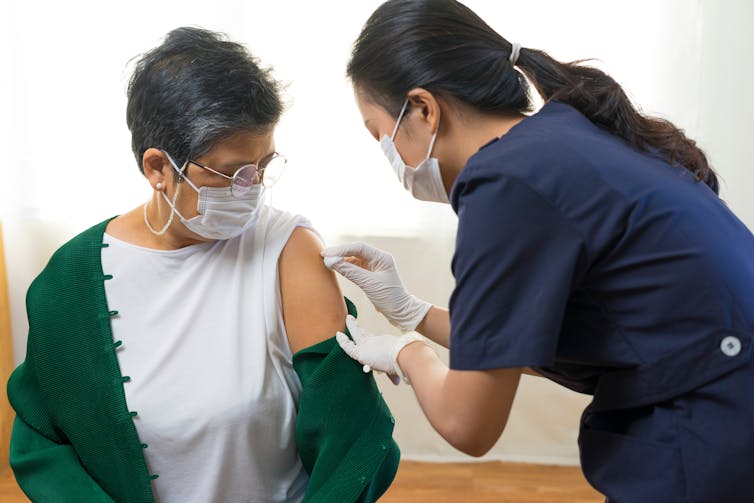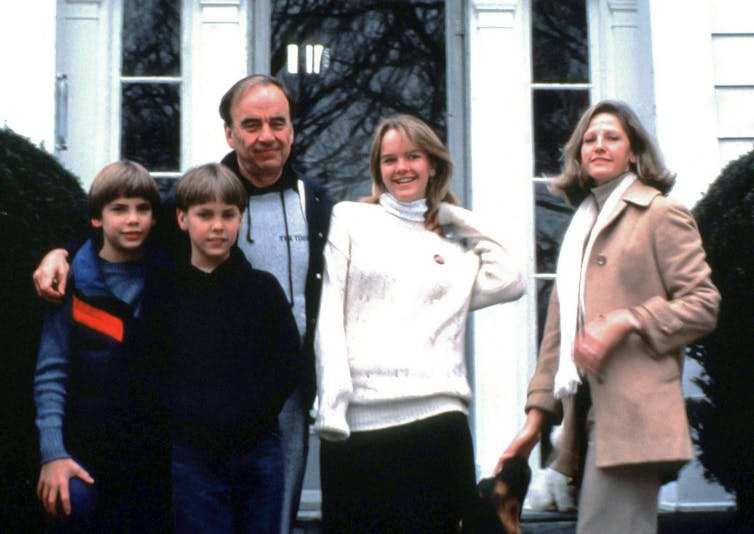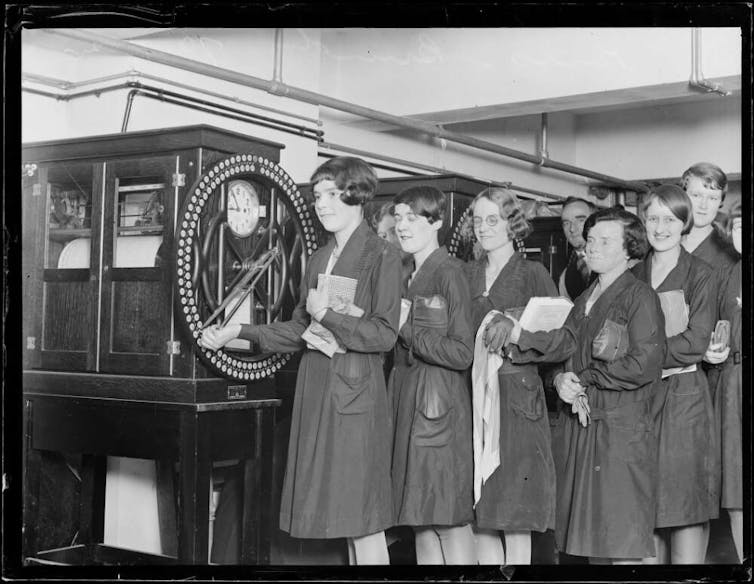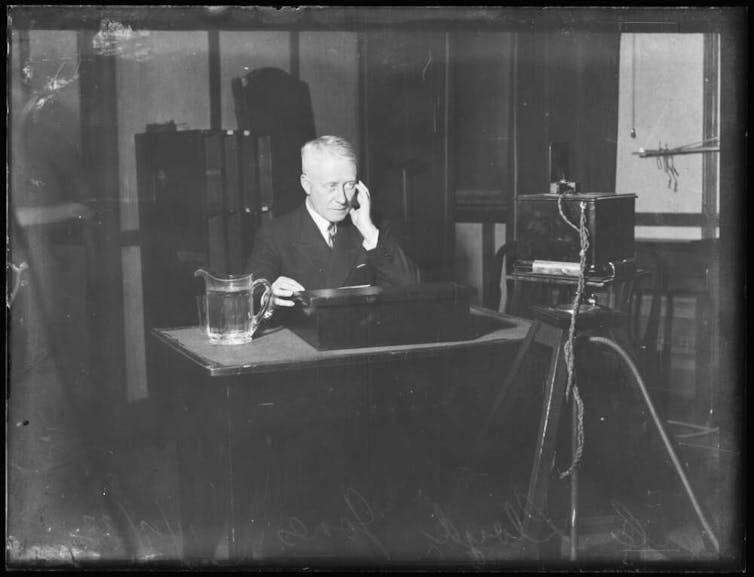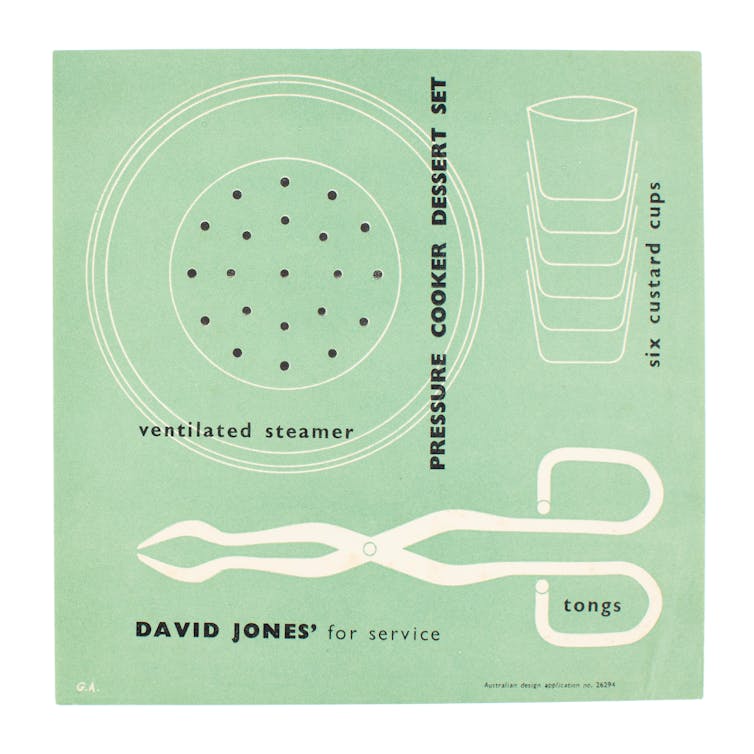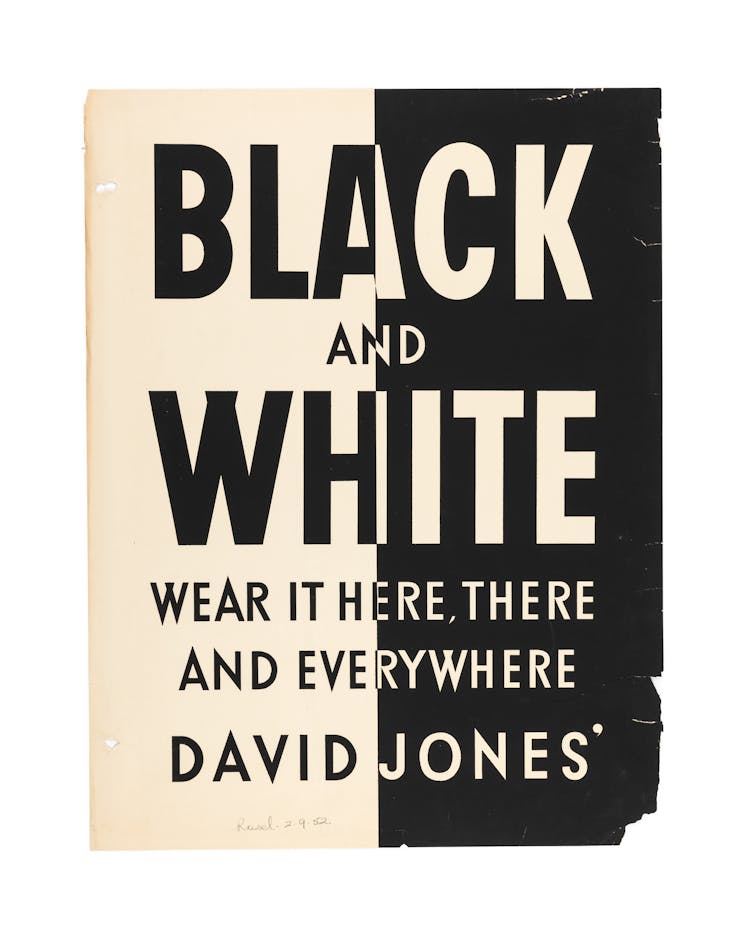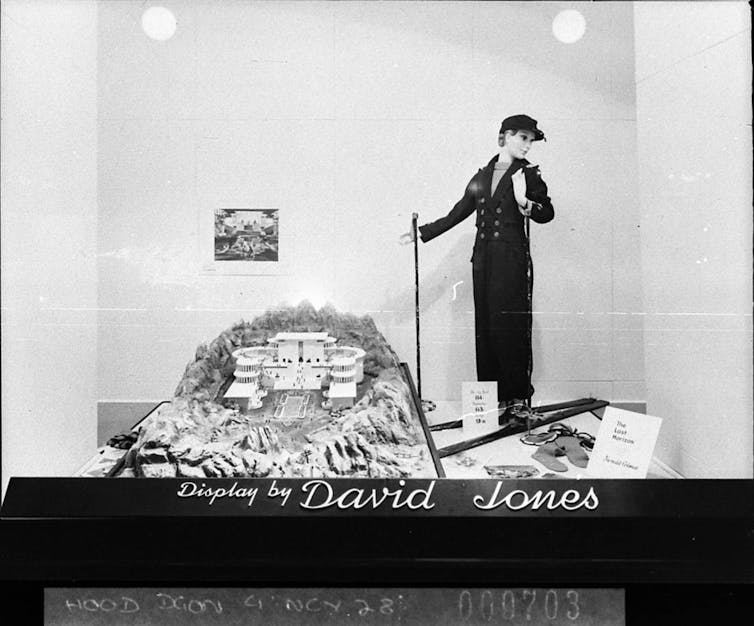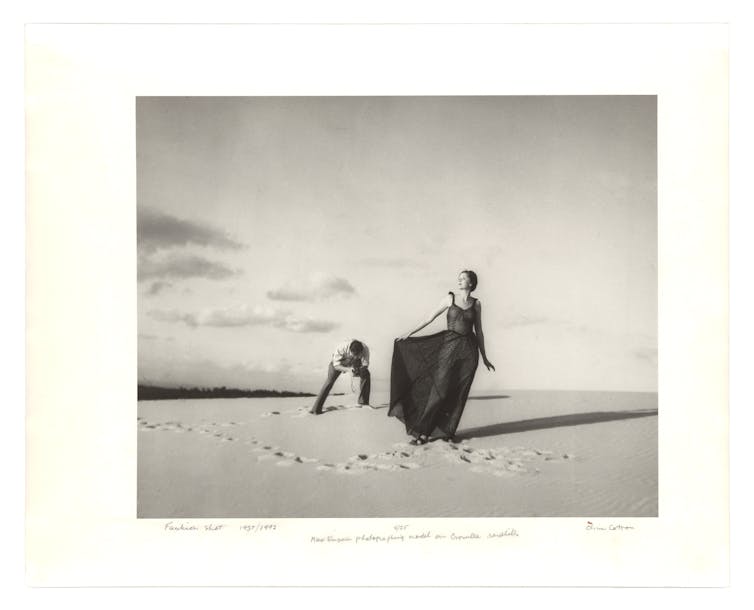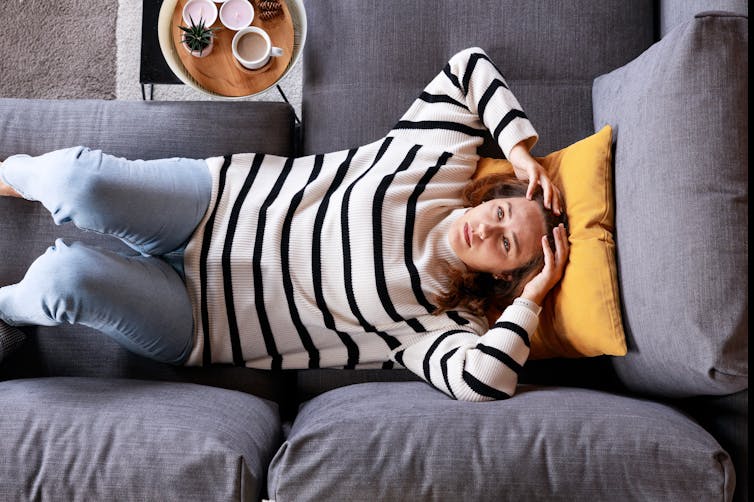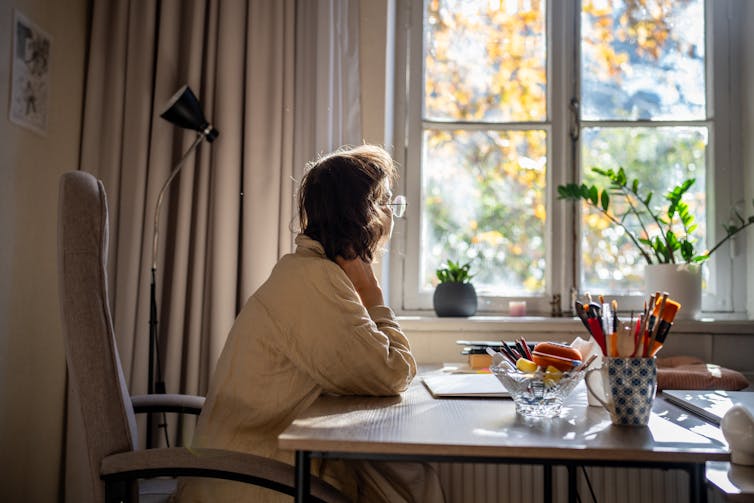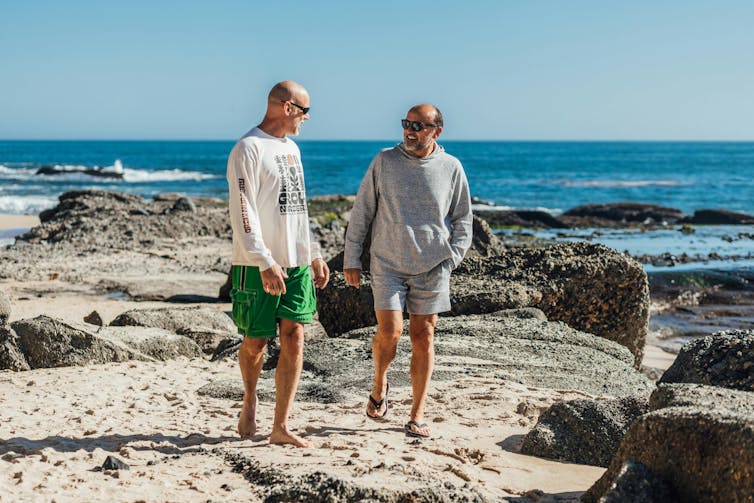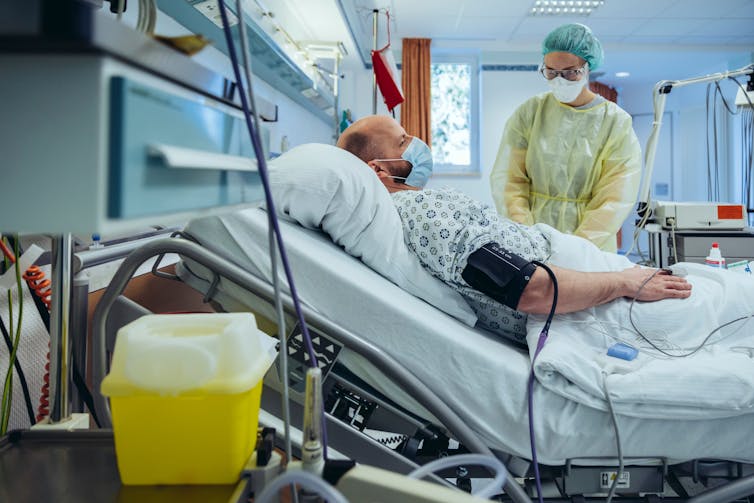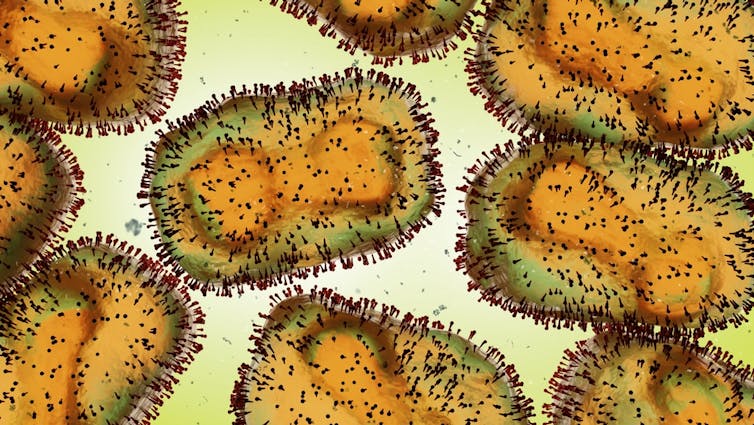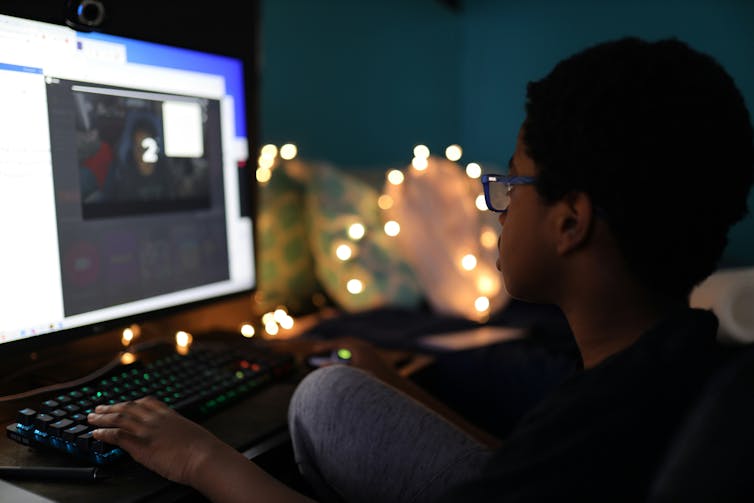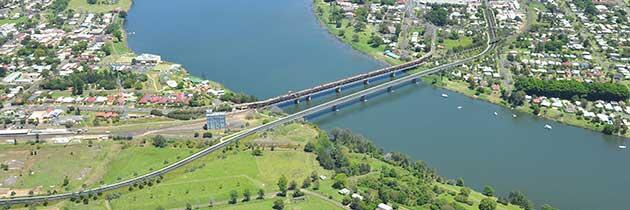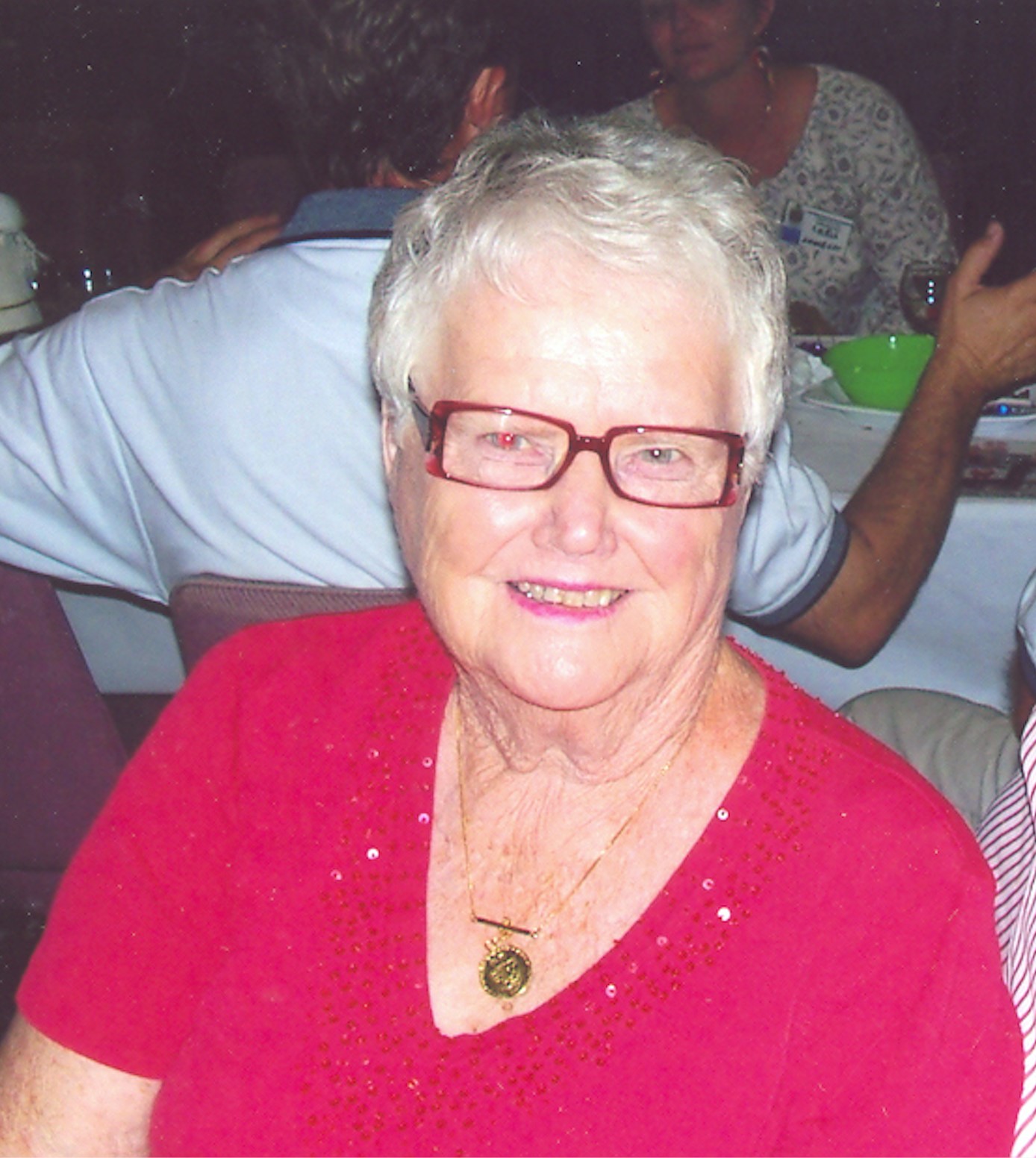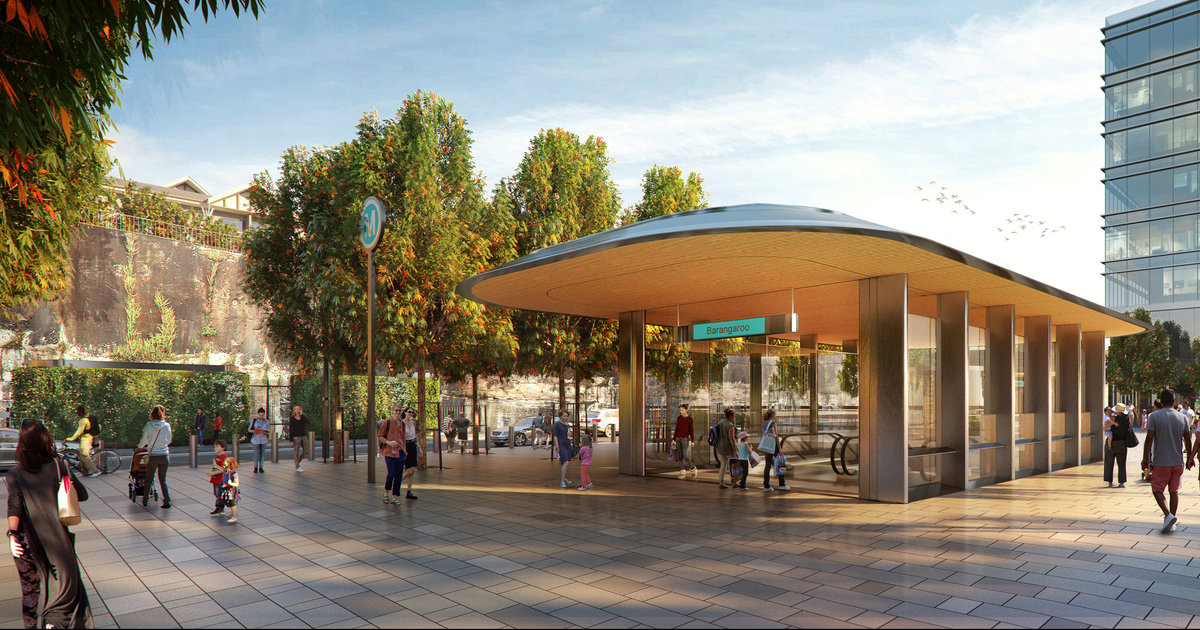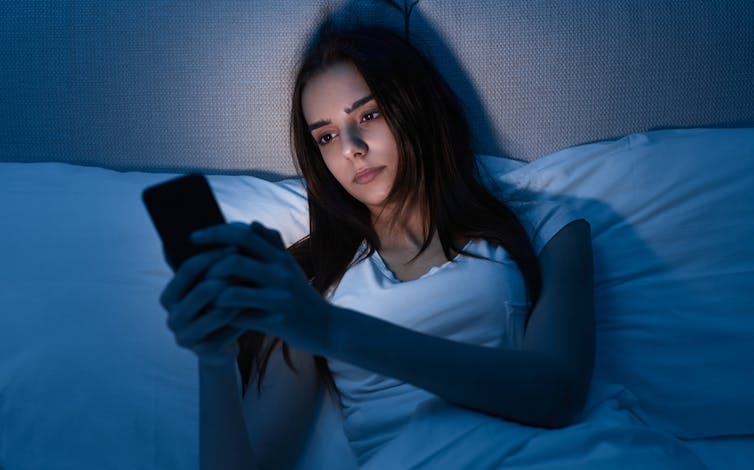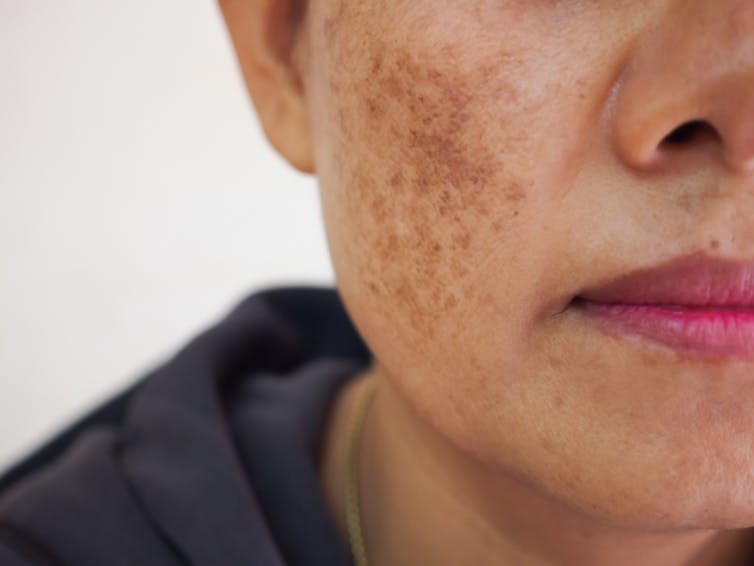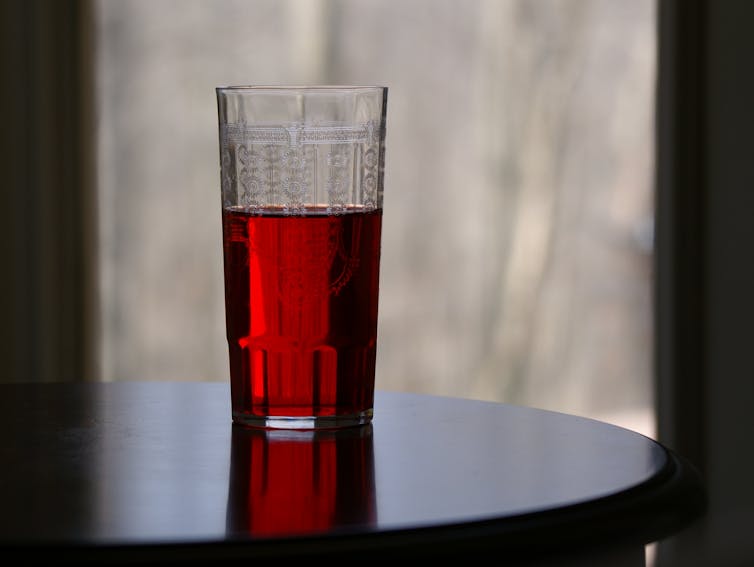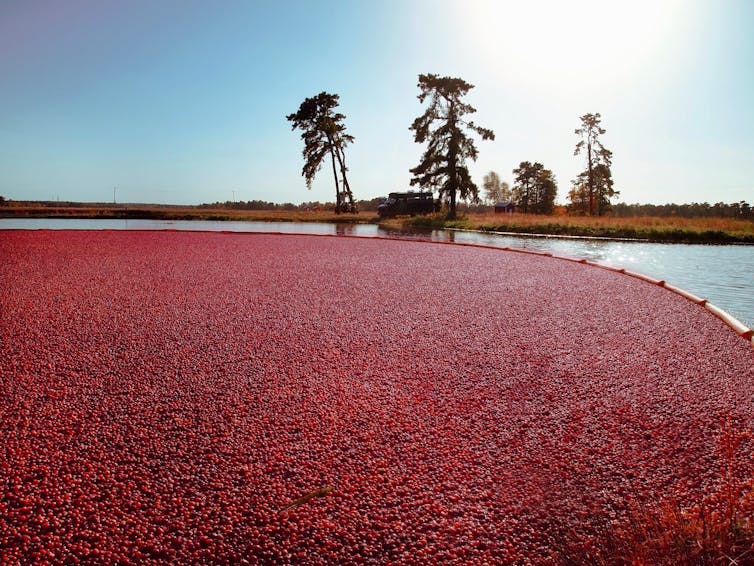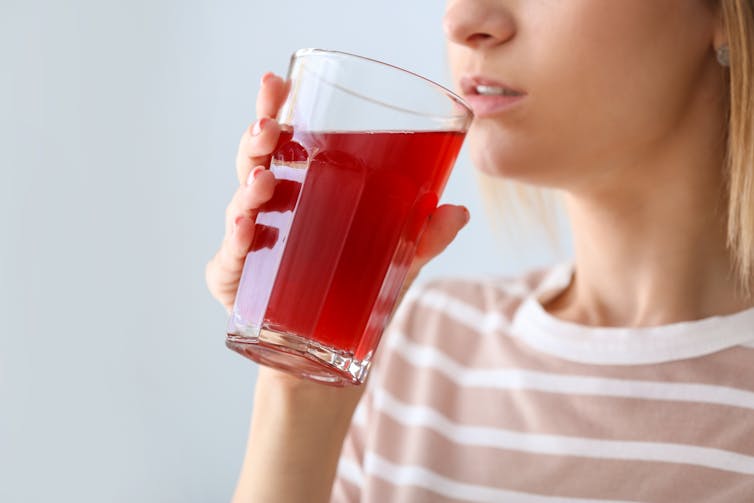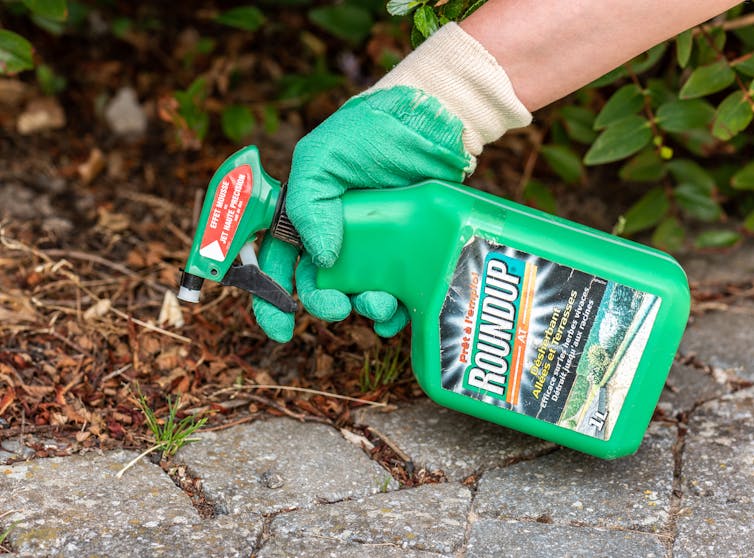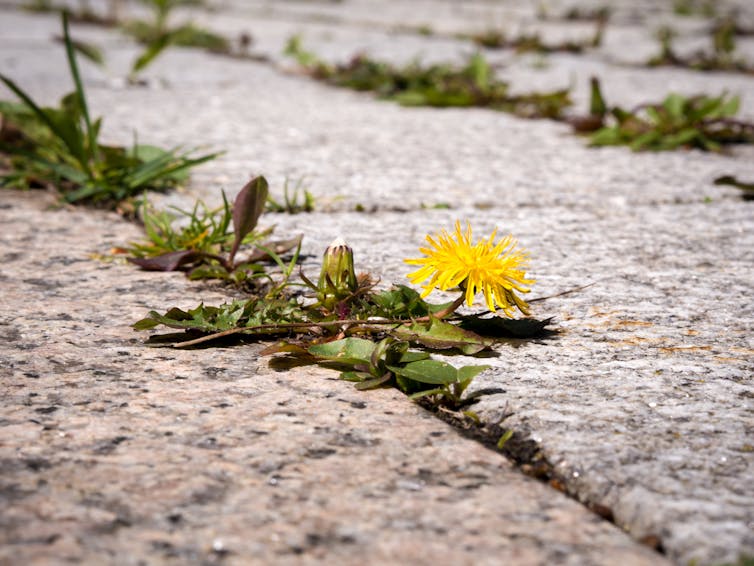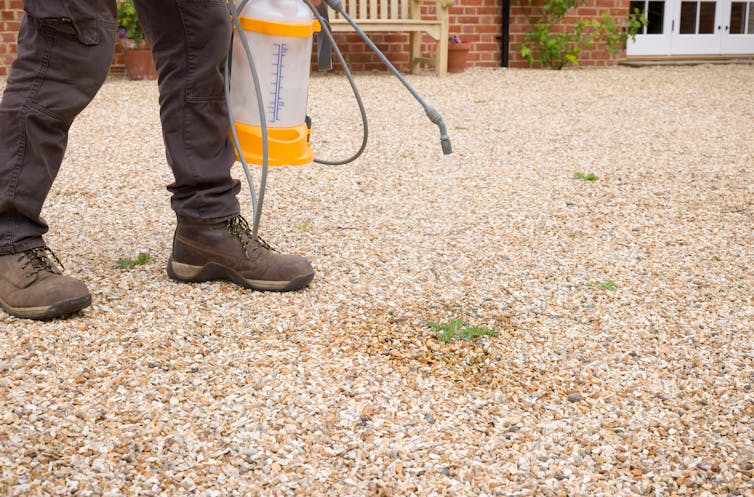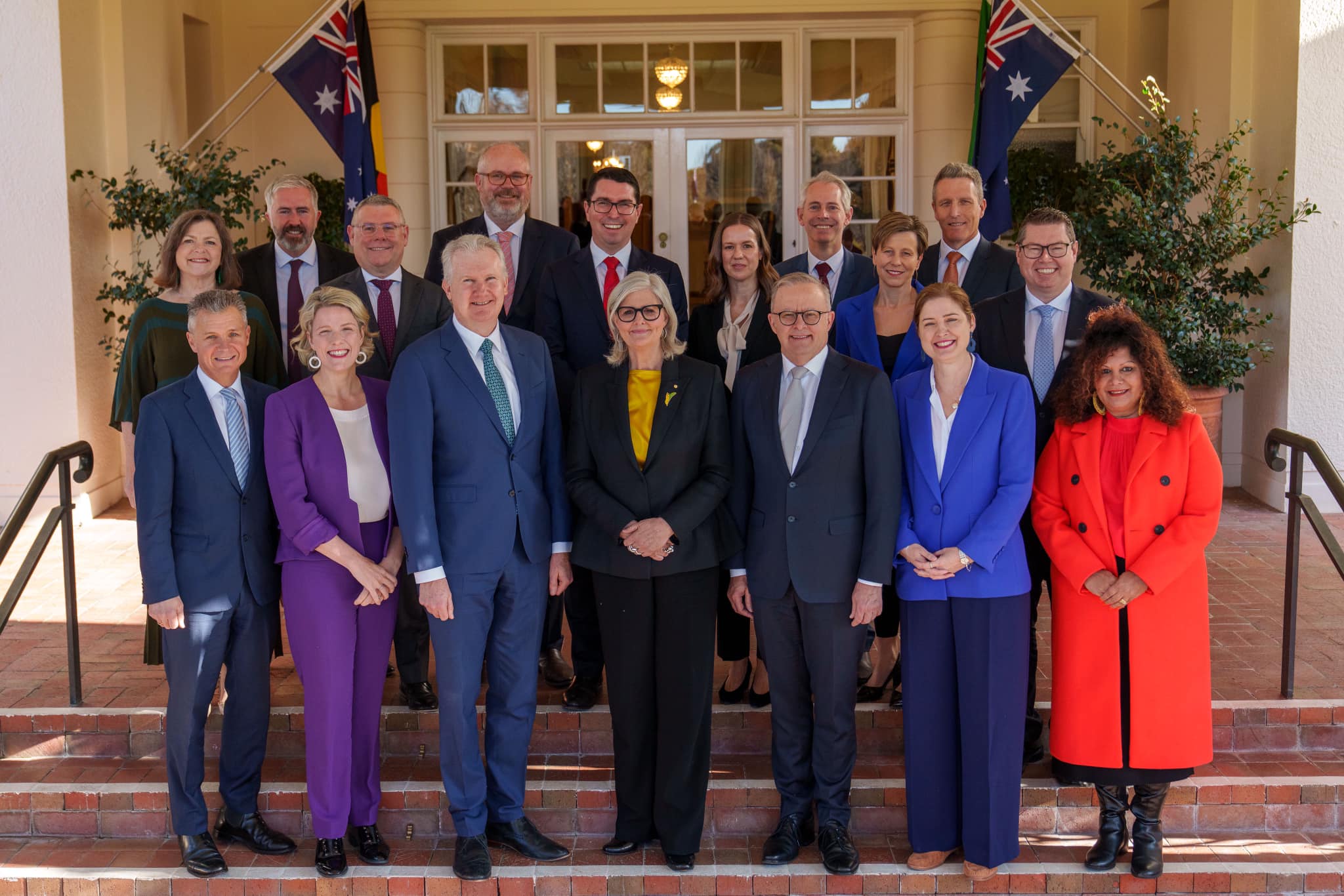

Curious Kids is a series for children of all ages. If you have a question you’d like an expert to answer, send it to curiouskidsus@theconversation.com.
How do you define love? Is it a choice or a feeling? – Izzy, age 11, Golden, Colorado
Love is confusing. People in the U.S. Google the word “love” about 1.2 million times a month. Roughly a quarter of those searches ask “what is love” or request a “definition of love.”
What is all this confusion about?
Neuroscience tells us that love is caused by certain chemicals in the brain. For example, when you meet someone special, the hormones dopamine and norepinephrine can trigger a reward response that makes you want to see this person again. Like tasting chocolate, you want more.
Your feelings are the result of these chemical reactions. Around a crush or best friend, you probably feel something like excitement, attraction, joy and affection. You light up when they walk into the room. Over time, you might feel comfort and trust. Love between a parent and child feels different, often some combination of affection and care.
But are these feelings, caused by chemical reactions in your brain, all that love is? If so, then love seems to be something that largely happens to you. You’d have as much control over falling in love as you’d have over accidentally falling in a hole – not much.
As a philosopher who studies love, I’m interested in the different ways people have understood love throughout history. Many thinkers have believed that love is more than a feeling.
More than a feeling
The ancient Greek philosopher Plato thought that love might cause feelings like attraction and pleasure, which are out of your control. But these feelings are less important than the loving relationships you choose to form as a result: lifelong bonds between people who help one another change and grow into their best selves.
Similarly, Plato’s student Aristotle claimed that, while relationships built on feelings like pleasure are common, they’re less good for humankind than relationships built on goodwill and shared virtues. This is because Aristotle thought relationships built on feelings last only as long as the feelings last.
Imagine you start a relationship with someone you have little in common with other than you both enjoy playing video games. Should either of you no longer enjoy gaming, nothing would hold the relationship together. Because the relationship is built on pleasure, it will fade once the pleasure is gone.
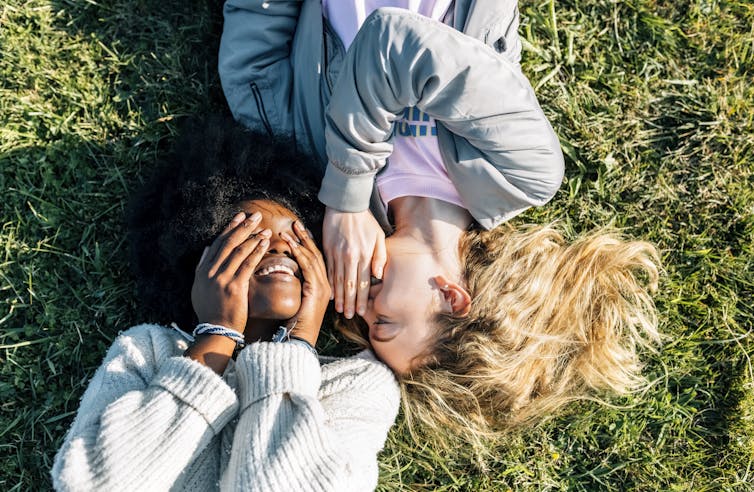
Compare this with a relationship where you want to be together not because of a shared pleasure but because you admire one another for who you are. You want what is best for one another. This kind of friendship built on shared virtue and goodwill will be much longer lasting. These kinds of friends will support each other as they change and grow.
Plato and Aristotle both thought that love is more than a feeling. It’s a bond between people who admire one another and therefore choose to support one another over time.
Maybe, then, love isn’t totally out of your control.
Celebrating individuality and ‘standing in love’
Contemporary philosopher J. David Velleman also thinks that love can be disentangled from “the likings and longings” that come with it – those butterflies in your stomach. This is because love isn’t just a feeling. It’s a special kind of paying attention, which celebrates a person’s individuality.
Velleman says Dr. Seuss did a good job describing what it means to celebrate a person’s individuality when he wrote: “Come on! Open your mouth and sound off at the sky! Shout loud at the top of your voice, ‘I AM I! ME! I am I!’” When you love someone, you celebrate them because you value the “I AM I” that they are.
You can also get better at love. Social psychologist Erich Fromm thinks that loving is a skill that takes practice: what he calls “standing in love.” When you stand in love, you act in certain ways toward a person.
Just like learning to play an instrument, you can also get better at loving with patience, concentration and discipline. This is because standing in love is made up of other skills such as listening carefully and being present. If you get better at these skills, you can get better at loving.
If this is the case, then love and friendship are distinct from the feelings that accompany them. Love and friendship are bonds formed by skills you choose to practice and improve.

Does this mean you could stand in love with someone you hate, or force yourself to stand in love with someone you have no feelings for whatsoever?
Probably not. Philosopher Virginia Held explains the difference between doing an activity and participating in a practice as simply doing some labor versus doing some labor while also enacting values and standards.
Compare a math teacher who mechanically solves a problem at the board versus a teacher who provides students a detailed explanation of the solution. The mechanical teacher is doing the activity – presenting the solution – whereas the engaged teacher is participating in the practice of teaching. The engaged teacher is enacting good teaching values and standards, such as creating a fun learning environment.
Standing in love is a practice in the same sense. It’s not just a bunch of activities you perform. To really stand in love is to do these activities while enacting loving values and standards, such as empathy, respect, vulnerability, honesty and, if Velleman is right, celebrating a person for who they truly are.
How much control do you have over love?
Is it best to understand love as a feeling or a choice?
Think about what happens when you break up with someone or lose a friend. If you understand love purely in terms of the feelings it stirs up, the love is over once these feelings disappear, change or get put on hold by something like a move or a new school.
On the other hand, if love is a bond you choose and practice, it will take much more than the disappearance of feelings or life changes to end it. You or your friend might not hang out for a few days, or you might move to a new city, but the love can persist.
If this understanding is right, then love is something you have more control over than it may seem. Loving is a practice. And, like any practice, it involves activities you can choose to do – or not do – such as hanging out, listening and being present. In addition, practicing love will involve enacting the right values, such as respect and empathy.
While the feelings that accompany love might be out of your control, how you love someone is very much in your control.
Hello, curious kids! Do you have a question you’d like an expert to answer? Ask an adult to send your question to CuriousKidsUS@theconversation.com. Please tell us your name, age and the city where you live.
And since curiosity has no age limit – adults, let us know what you’re wondering, too. We won’t be able to answer every question, but we will do our best.![]()
Edith Gwendolyn Nally, Associate Professor of Philosophy, University of Missouri-Kansas City
This article is republished from The Conversation under a Creative Commons license. Read the original article.
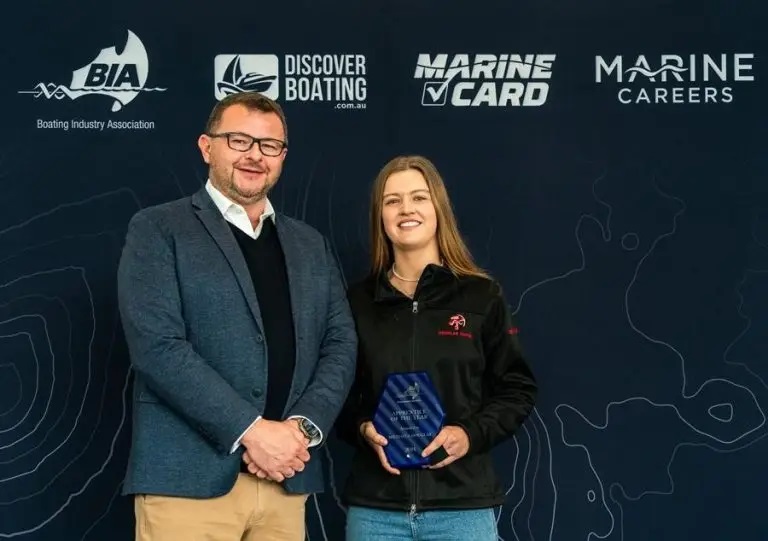

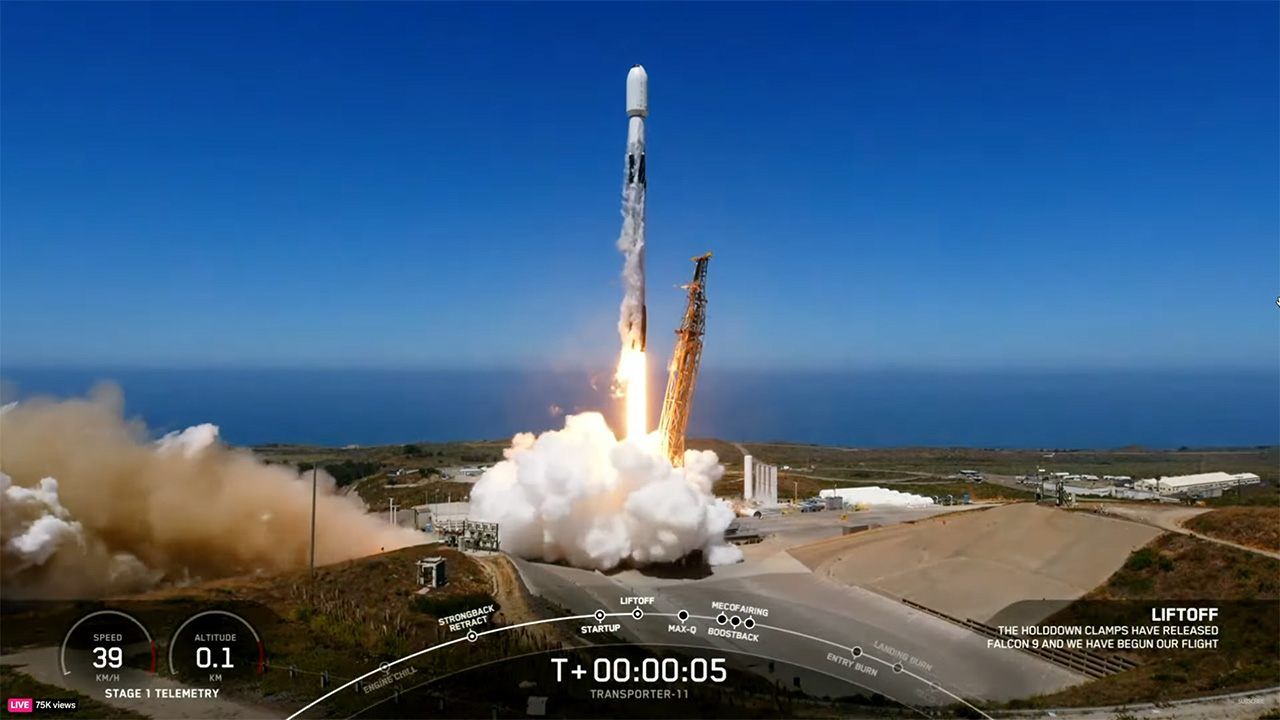
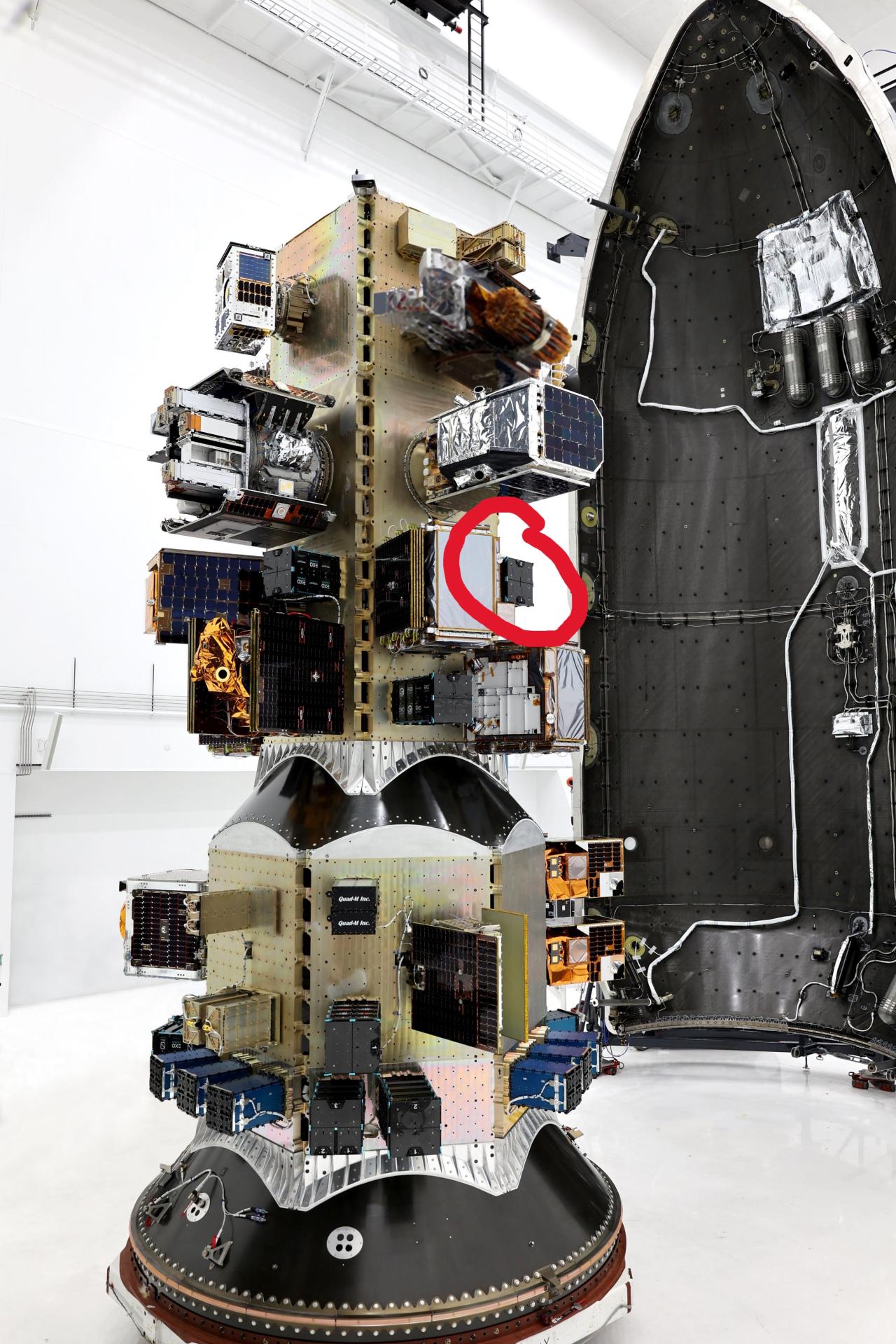
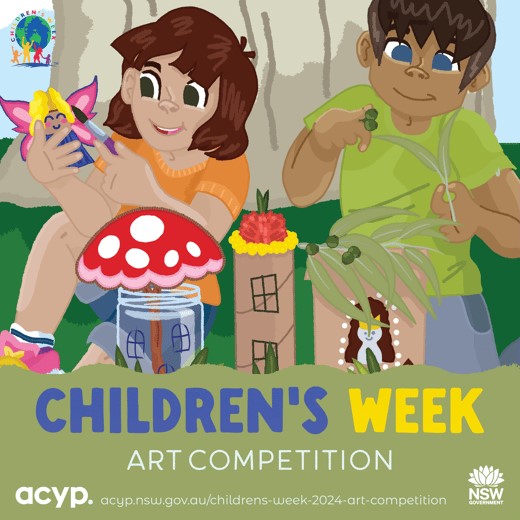
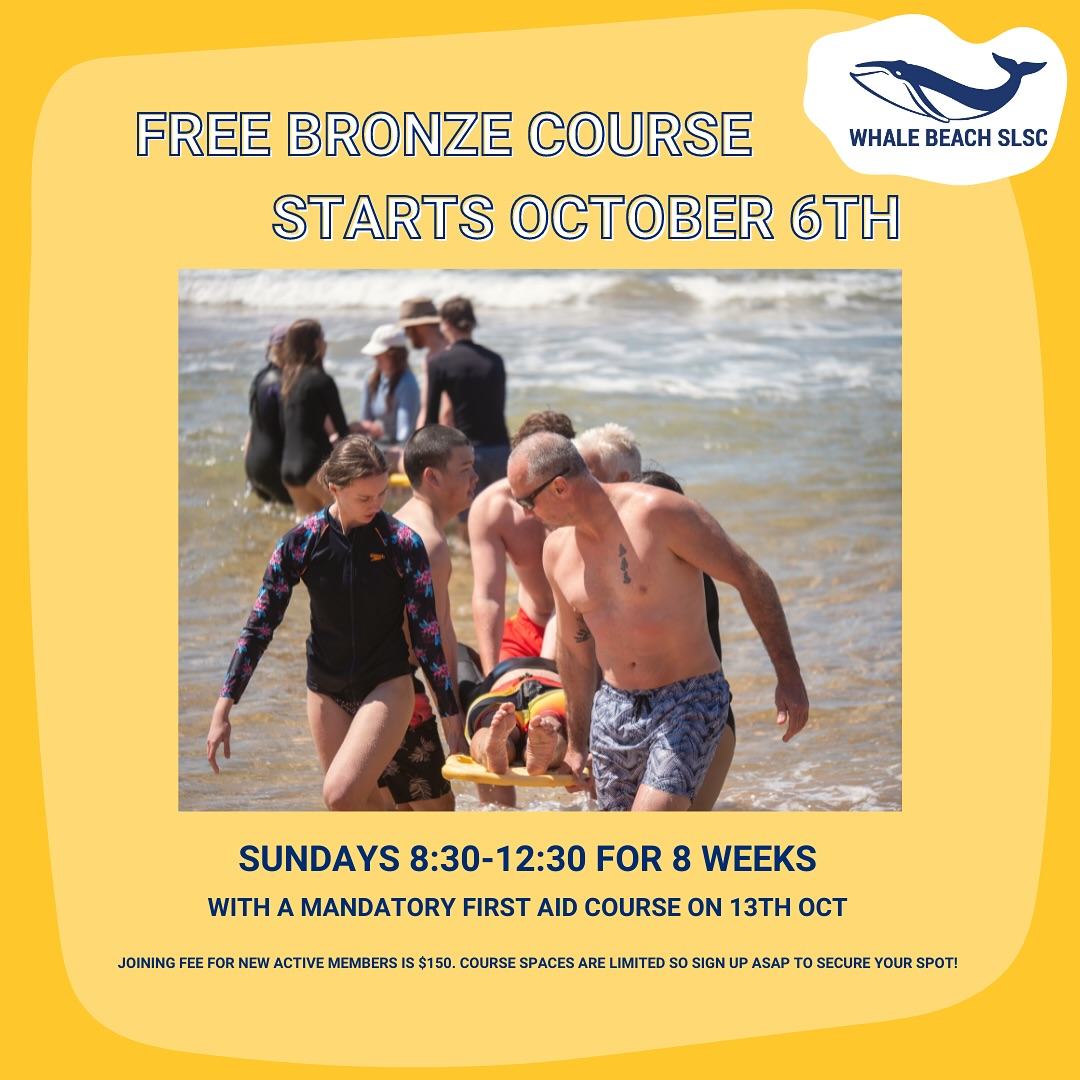



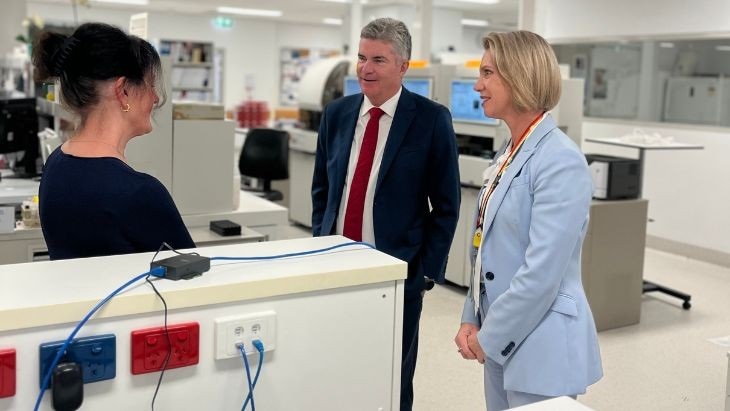
.jpg?timestamp=1721360001770)
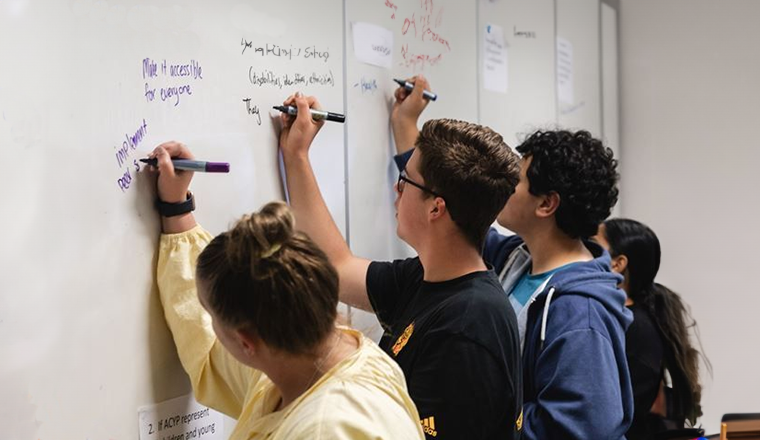
 Accoutrements can be intended for field, garrison or ceremonial purposes. Most accoutrements for field use are purely practical in nature.
Accoutrements can be intended for field, garrison or ceremonial purposes. Most accoutrements for field use are purely practical in nature. 
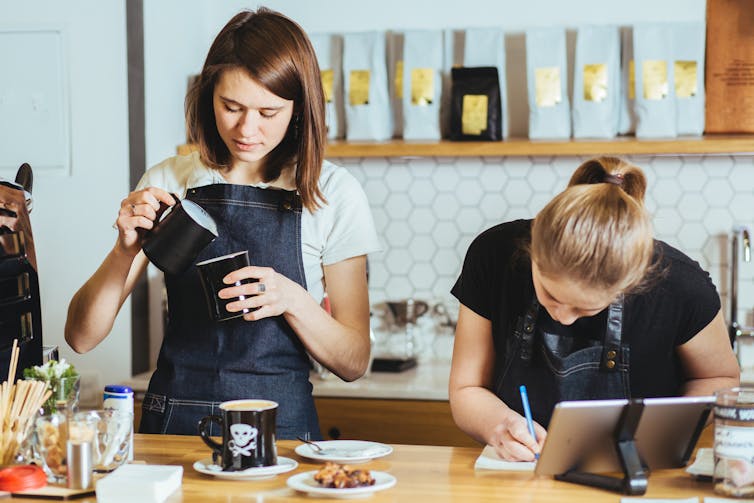

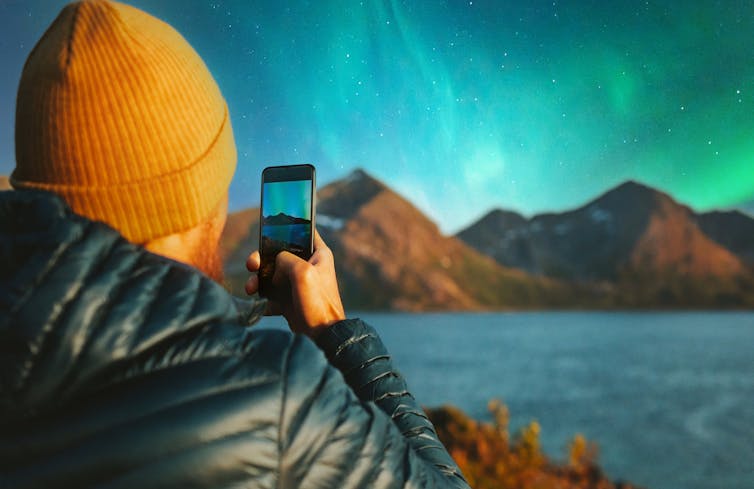
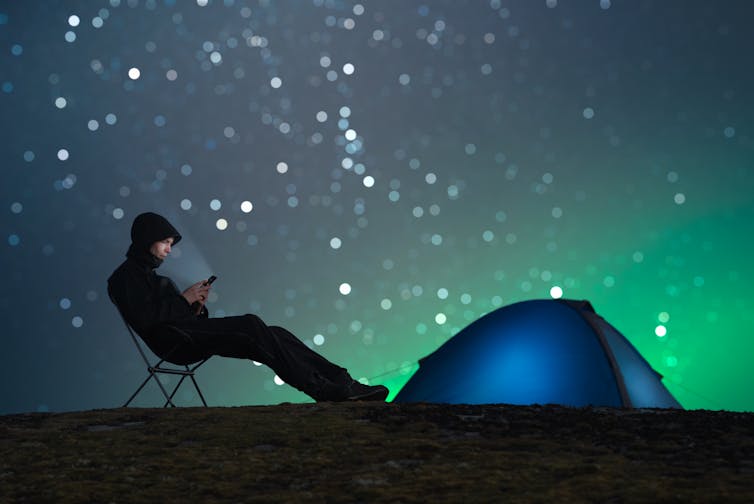
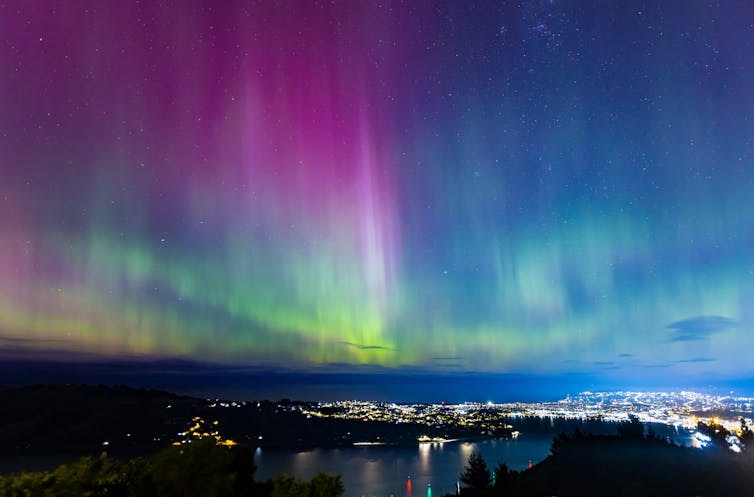
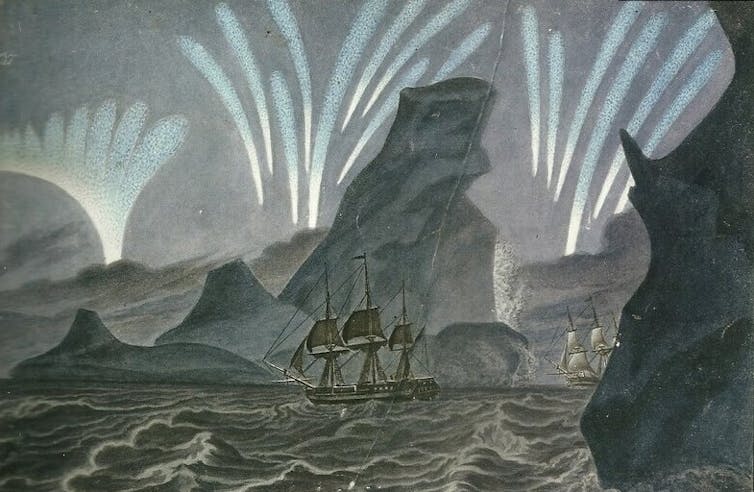

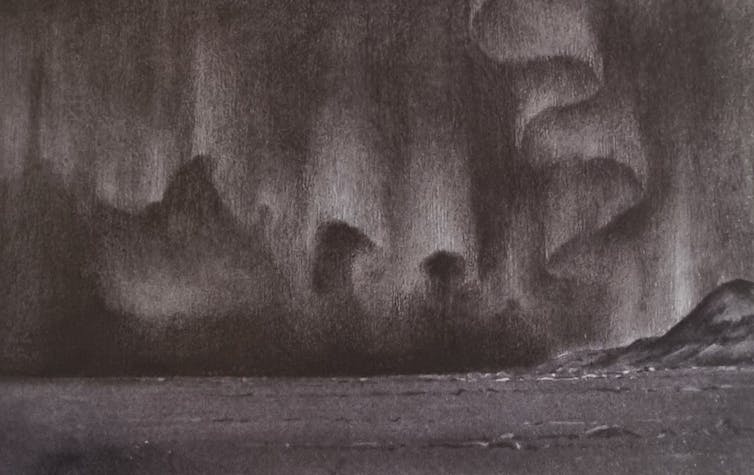
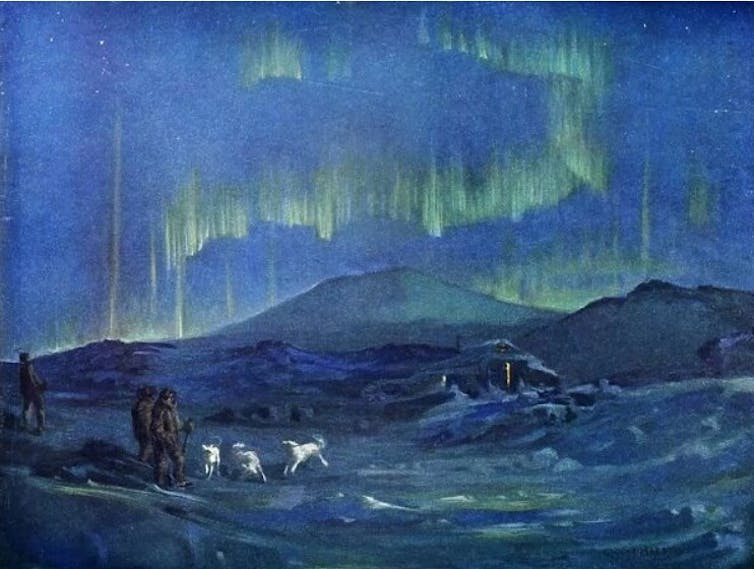
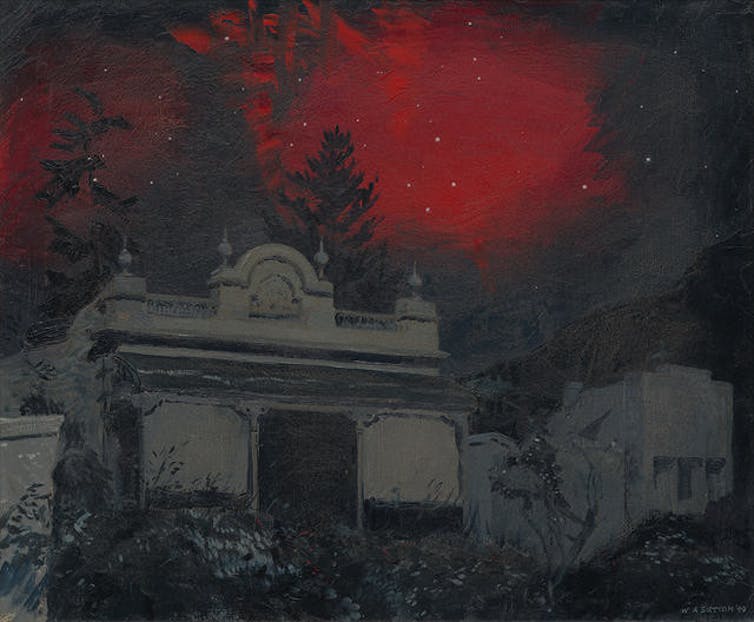
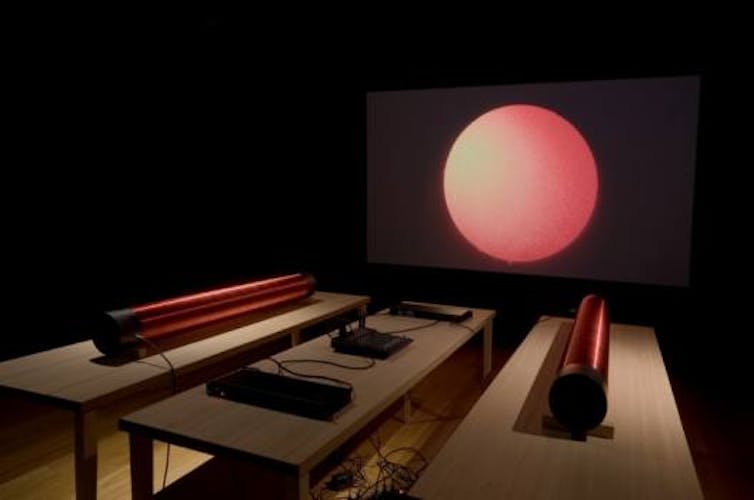
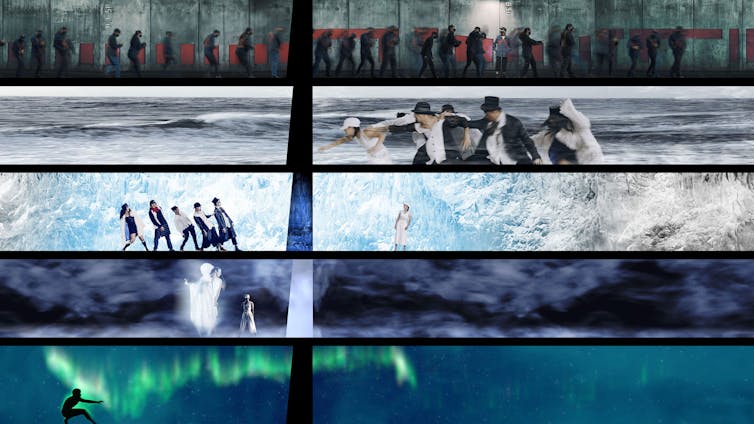
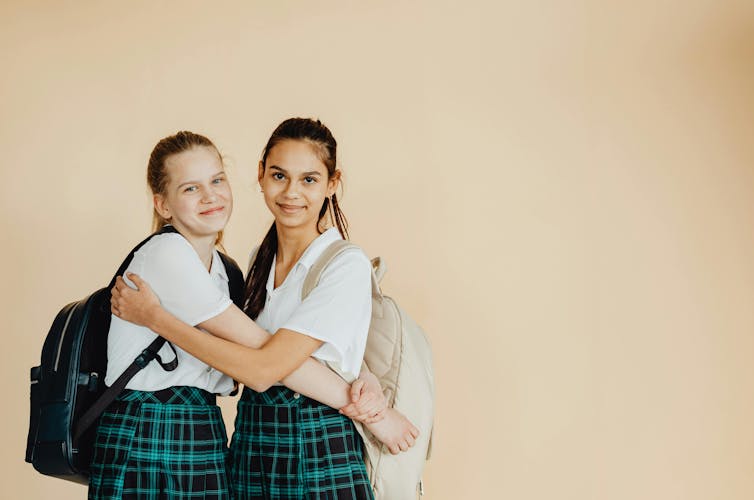


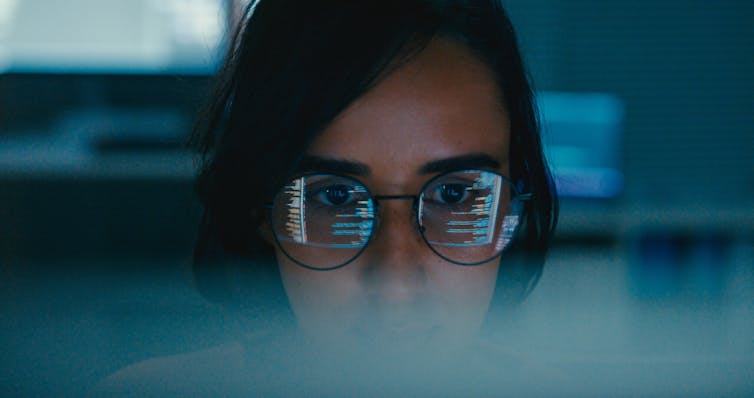


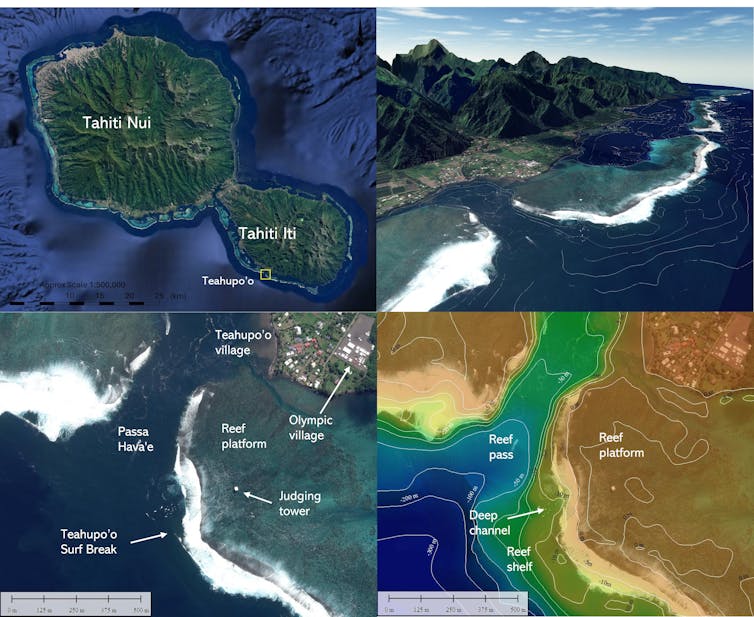
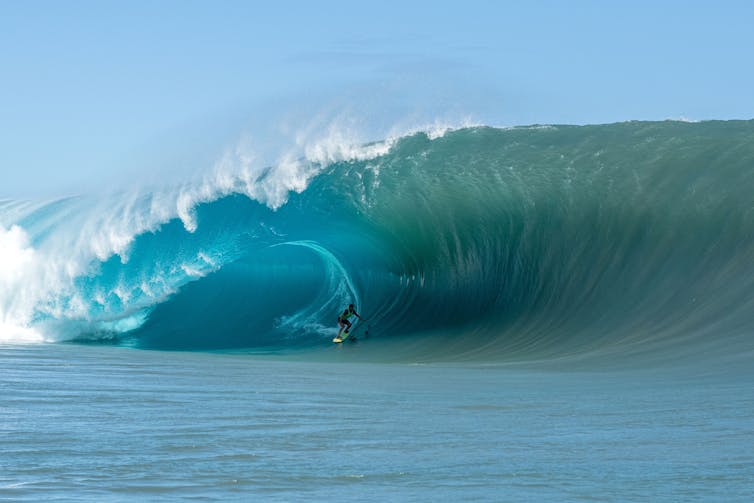

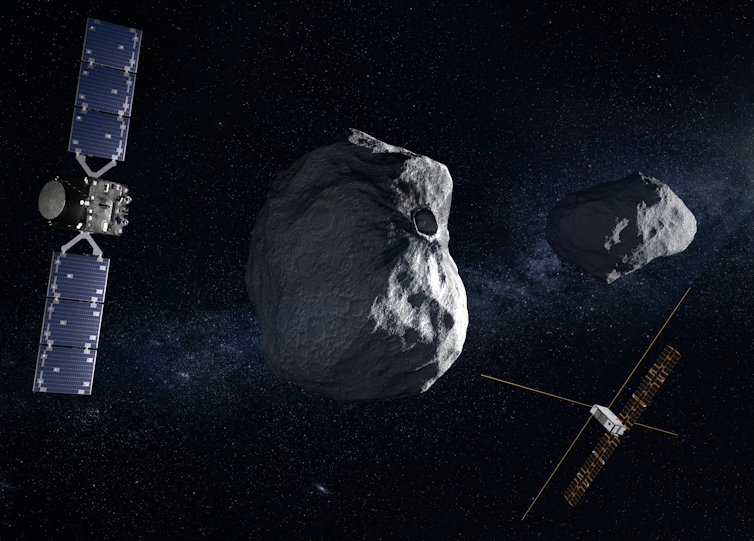
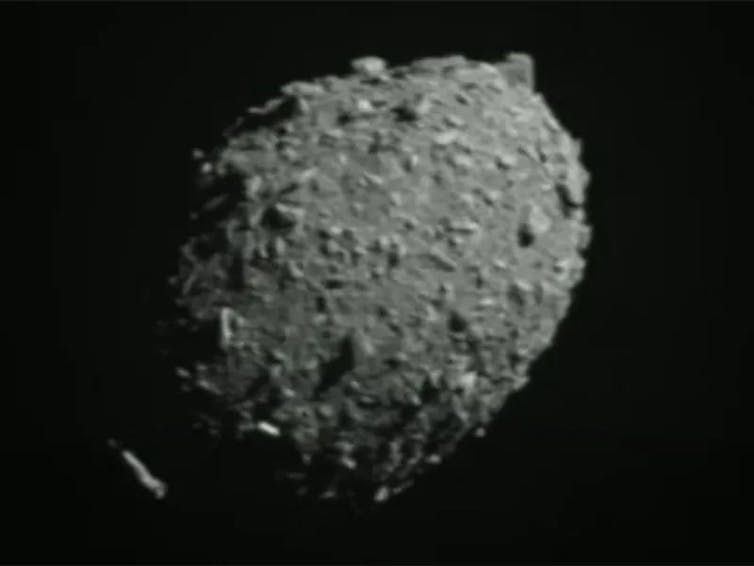
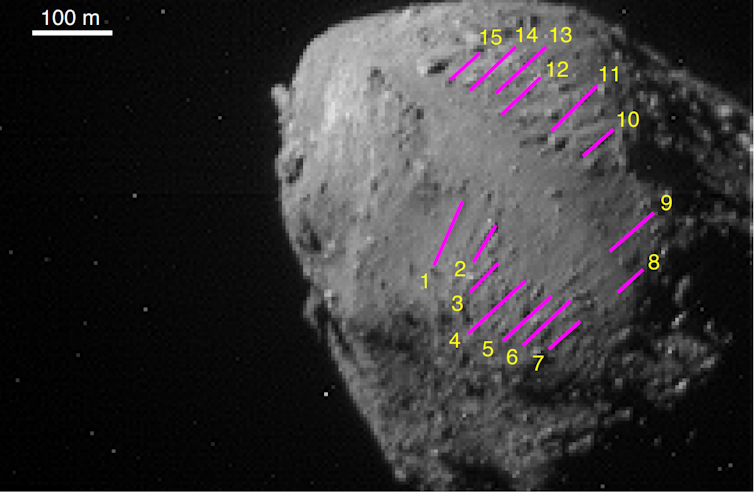
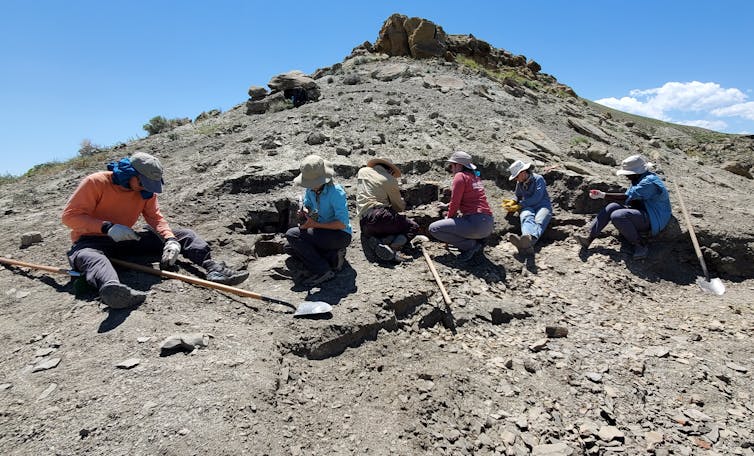


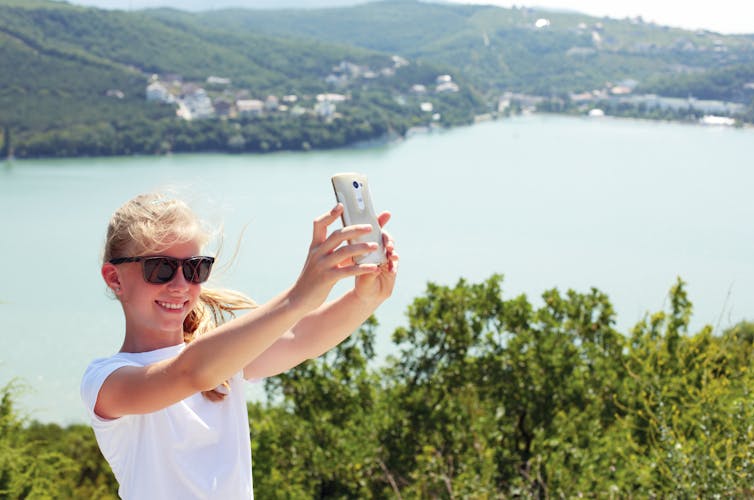
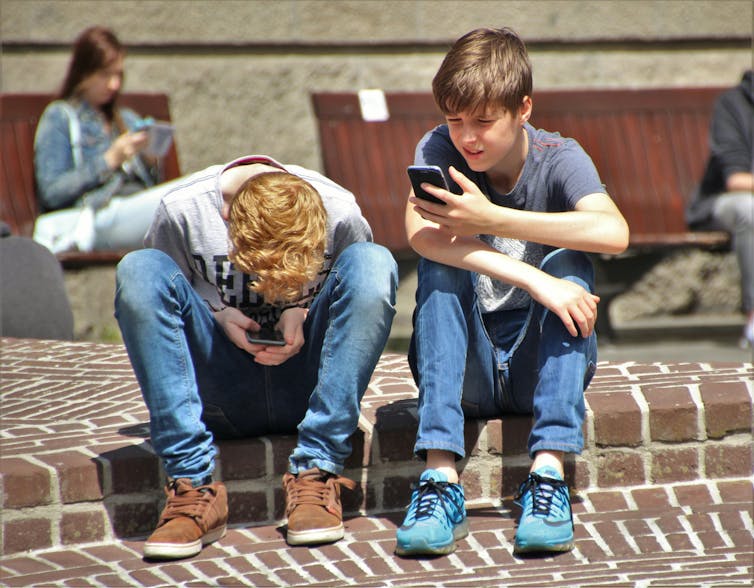
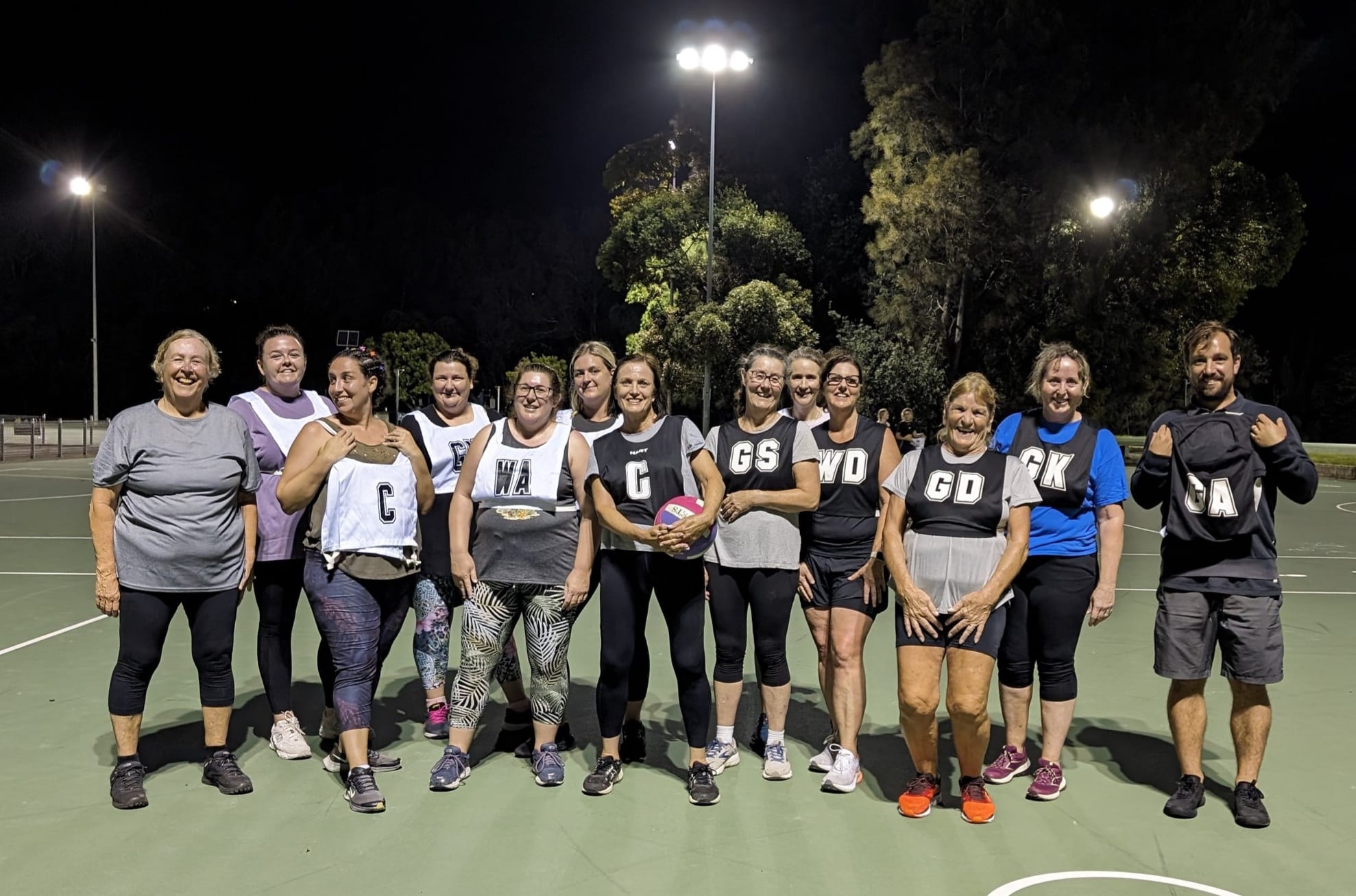
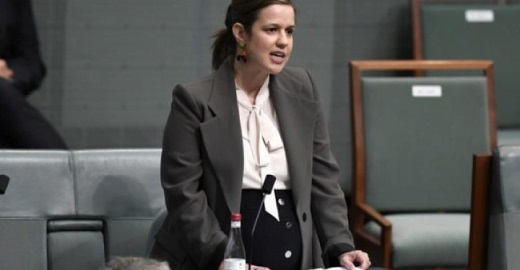
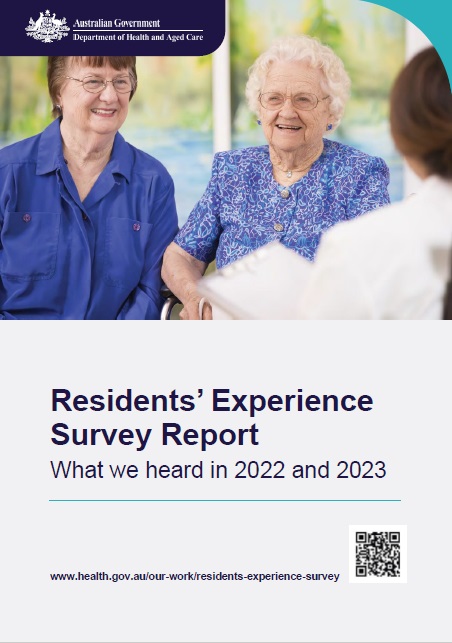
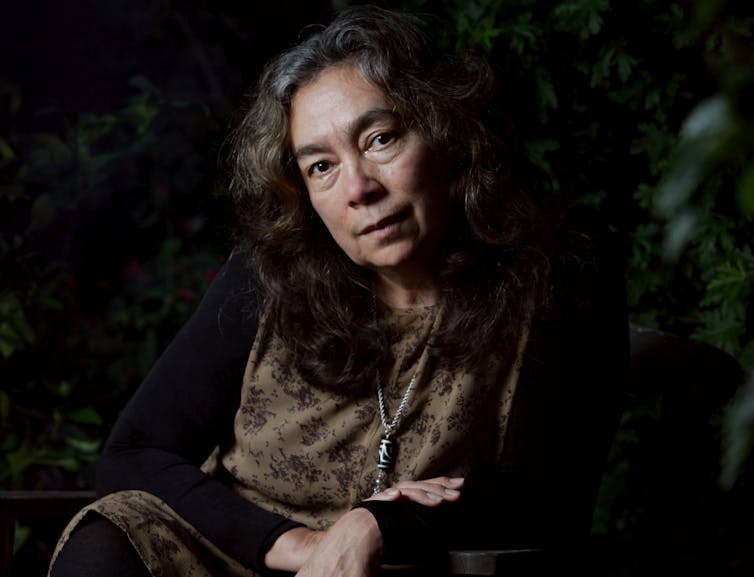
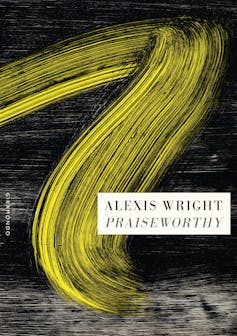
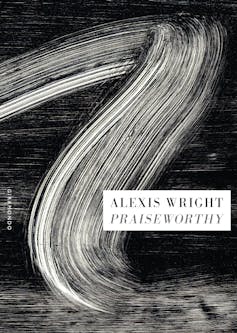

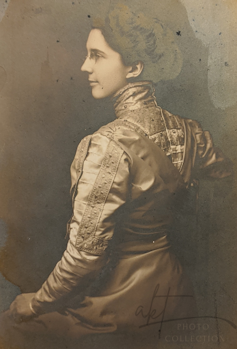

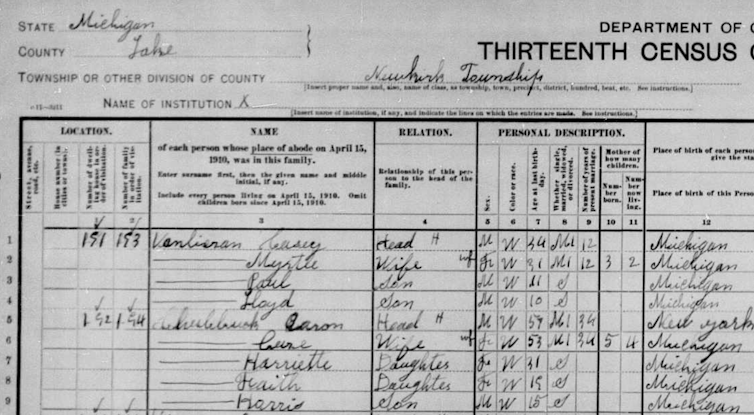
.jpg?timestamp=1721759749783)

